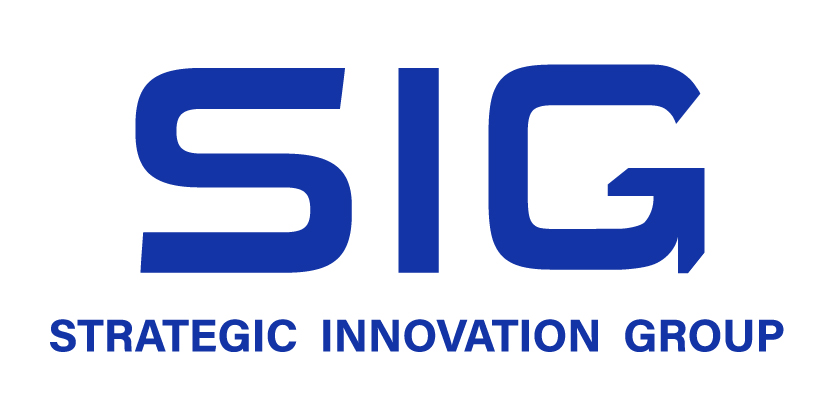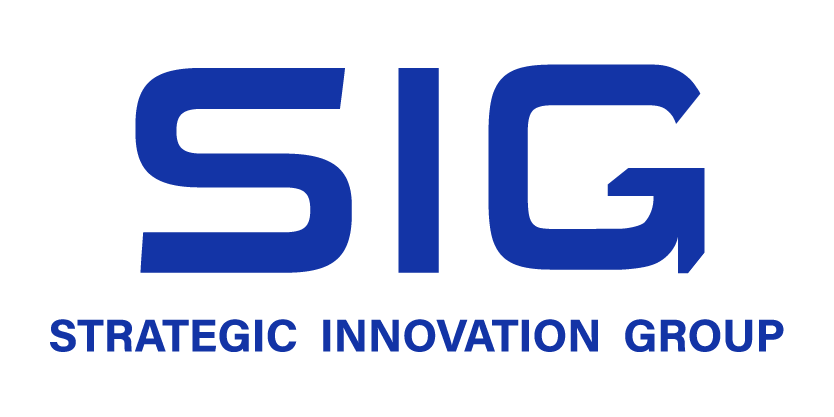
Alteryx integration with the Bipartisan Infrastructure Law – Airport Infrastructure
The federal government passed the Bipartisan Infrastructure Law to invest in and modernize various aspects of the country’s infrastructure, most importantly, airport infrastructure. The goal is to enhance the safety, efficiency, and capacity of airports to meet the growing demands of air travel.
Key Provisions of this Law:
- Funding for Airport Improvement Program (AIP): Supports project related to airport development, expansion, and maintenance. Funding can be used for runway rehabilitation, terminal upgrades, construction, and more.
- Modernization and Sustainability: The law emphasizes the importance of incorporating modern technologies and sustainable practices, which may involve implementation of energy-efficient systems, renewable energy sources, and smart technology to improve operations and reduce environmental impact.
- Improving Passenger Experience: Provisions to improve amenities, terminal facilities, parking areas, baggage systems, and handicap accessibility.
- Rural Airport Support: The law acknowledges the importance of air connectivity for rural communities. It includes provisions to support small and rural, airports, ensuring they have the necessary resources for operations, maintenance, and necessary upgrades.
Benefits of Alteryx Integration:
- Data Integration and Analysis: Alteryx provides powerful data integration capabilities, allowing the consolidation and blending of data from various sources such as airport systems, financial records, and operational databases. This enables airports to have comprehensive and unified view of their data, facilitating analysis and decision-making processes.
- Project Planning and Budgeting: With Alteryx is analytics capabilities, airports can leverage historical data, financial information, and projected growth patterns to develop accurate project plans and budgets. Alteryx can automate the process of aggregating and analyzing data, helping airports make informed decisions about infrastructure investments and prioritize projects based on their potential impact.
- Predictive Analytics: Alteryx’s predictive analytics tools enable airports to forecast the future needs and anticipate challenges. By analyzing historical data and incorporating external factors such as passenger trends and economic indicators, Alteryx can help airports optimize resource allocation, identify potential bottlenecks, and proactively plan for future infrastructure requirements. Reporting and Visualization: Alteryx allows airports to create customizable reports and a visualization that provide insights into various aspects of or put airport operations in infrastructure. By leveraging Alteryx’s reporting capabilities, airports can generate in formative dashboards, monitor key performance indicators, and communicate project progresses and outcomes to stakeholders effectively.
- Collaboration and Communication: Alteryx facilities collaboration and communication among different stakeholders involved in airport infrastructure projects. By providing a centralized platform for data sharing, workflow development, and documentation, Alteryx enable seamless collaboration between airport authorities, project managers, financial teams, and other relative parties.
- Efficiency and Optimization: Alteryx’s workflow automation capability streamline repetitive tasks, eliminating manual processes and reducing the time and effort required for data preparation and analysis. This allows airports to allocate resources more efficiently, optimize operational processes, and make data driven decisions in a timely matter.

